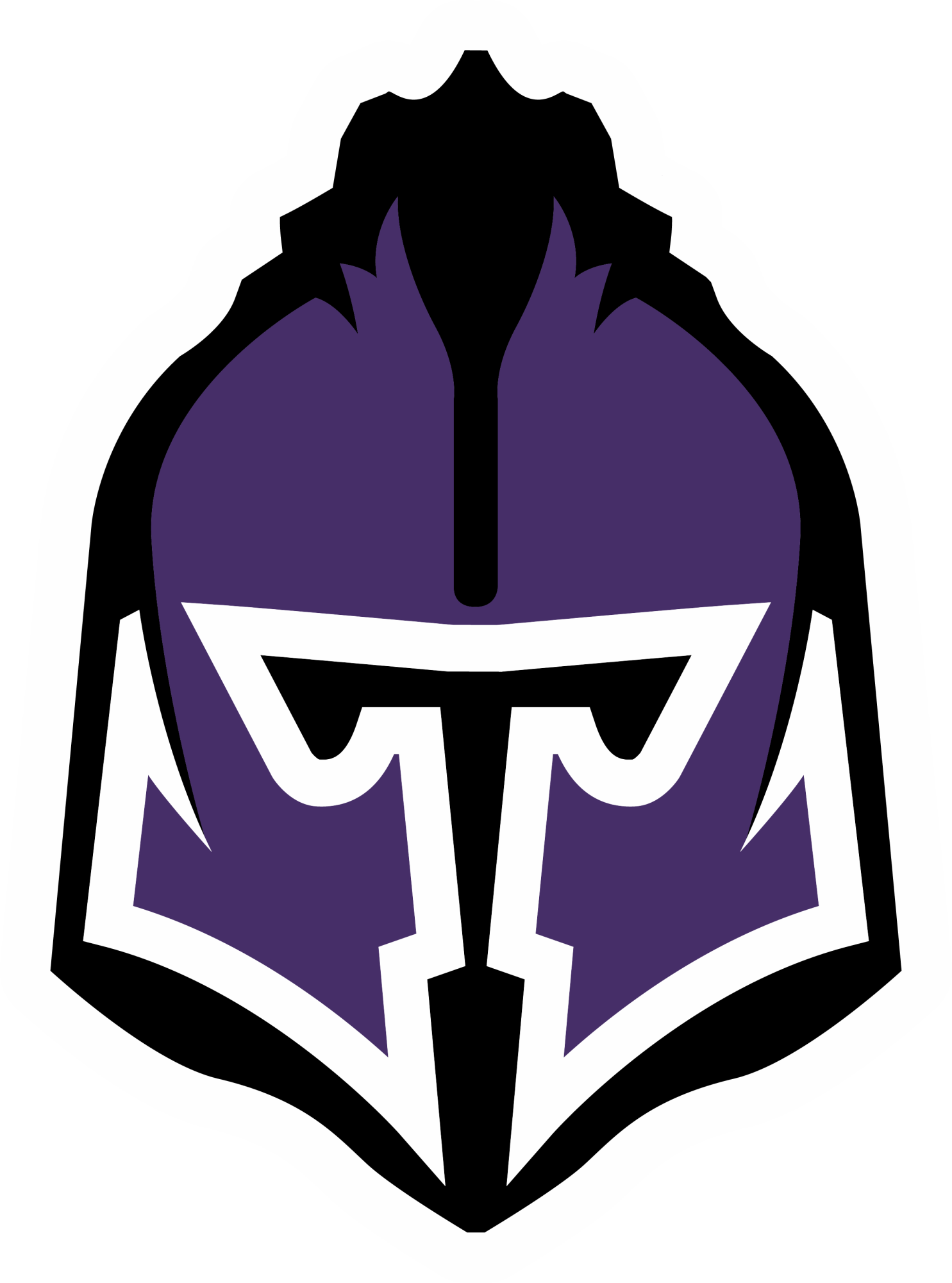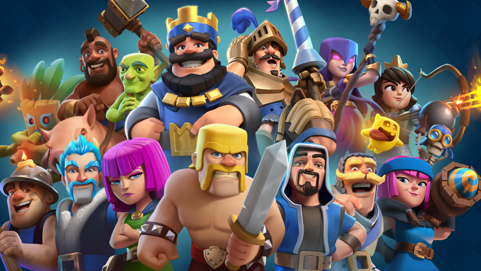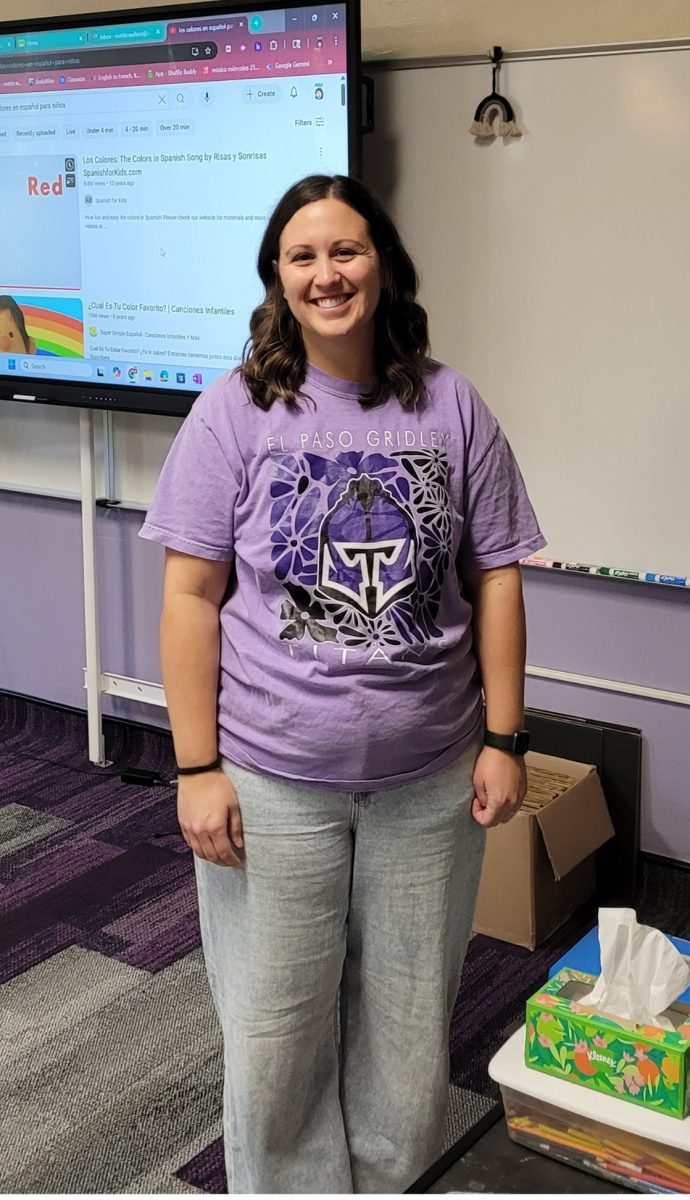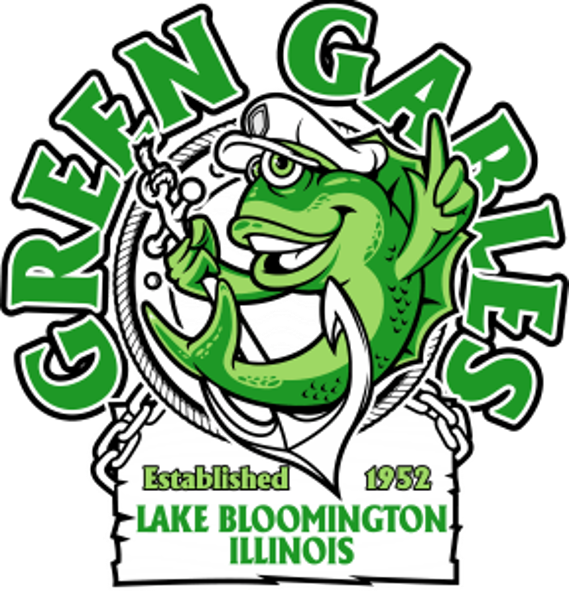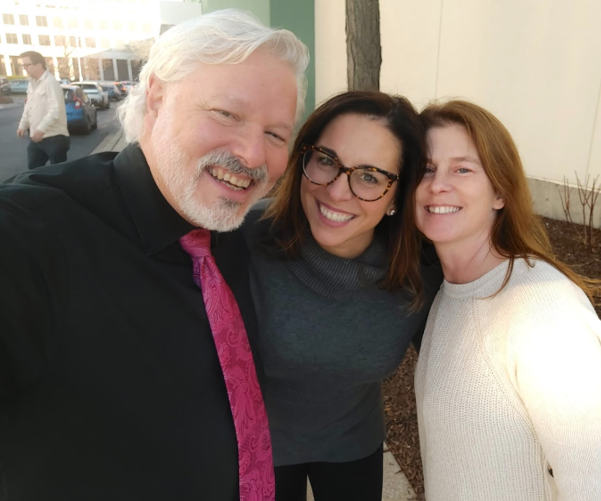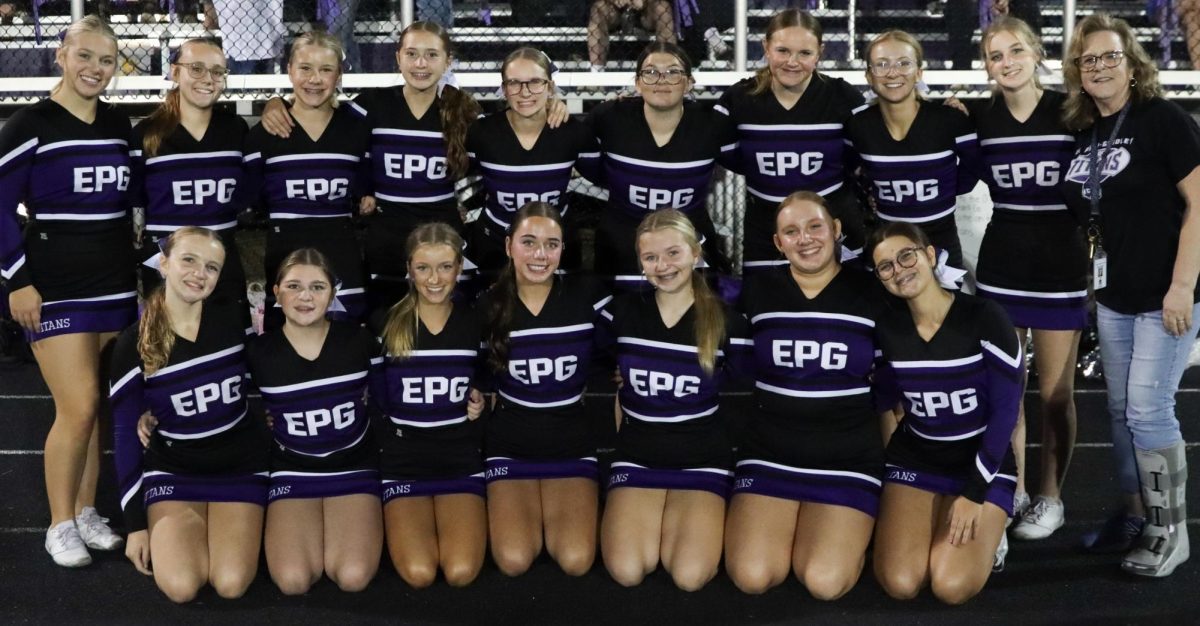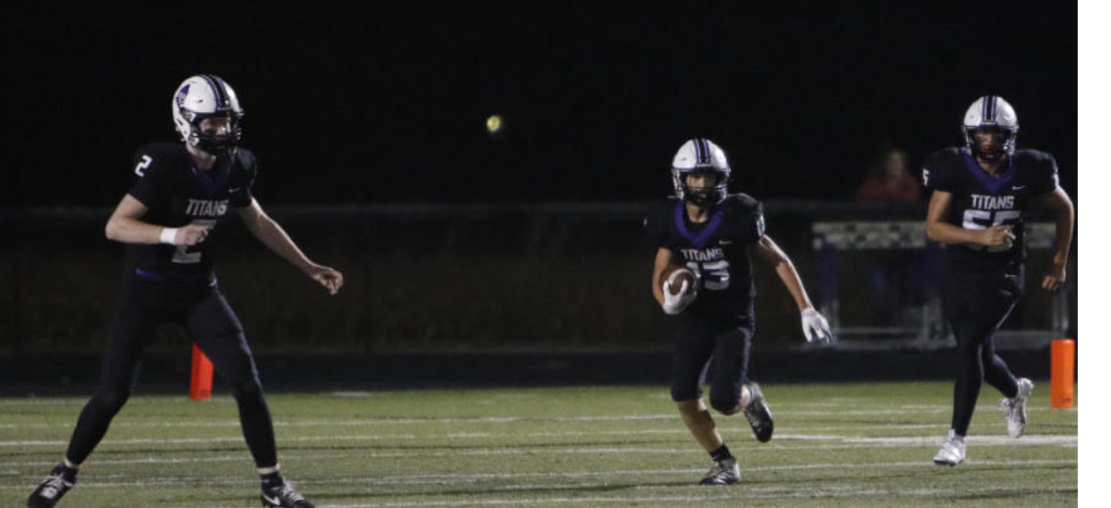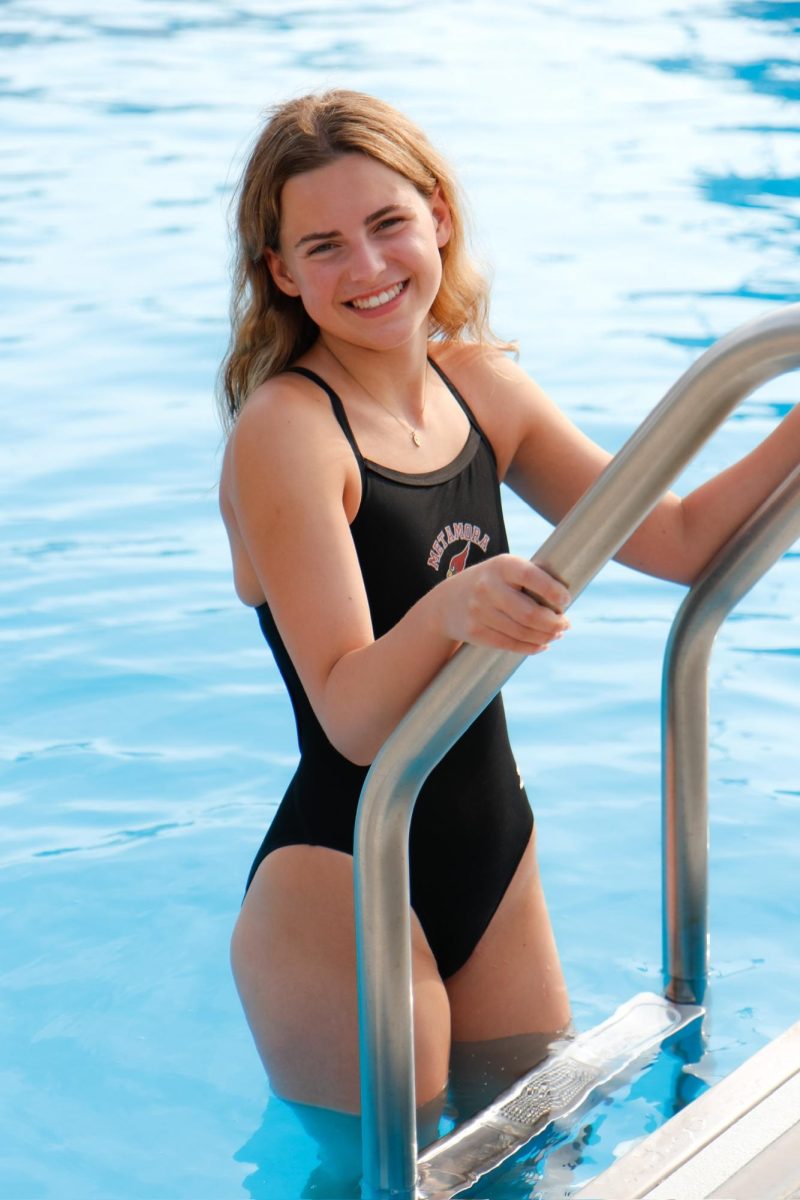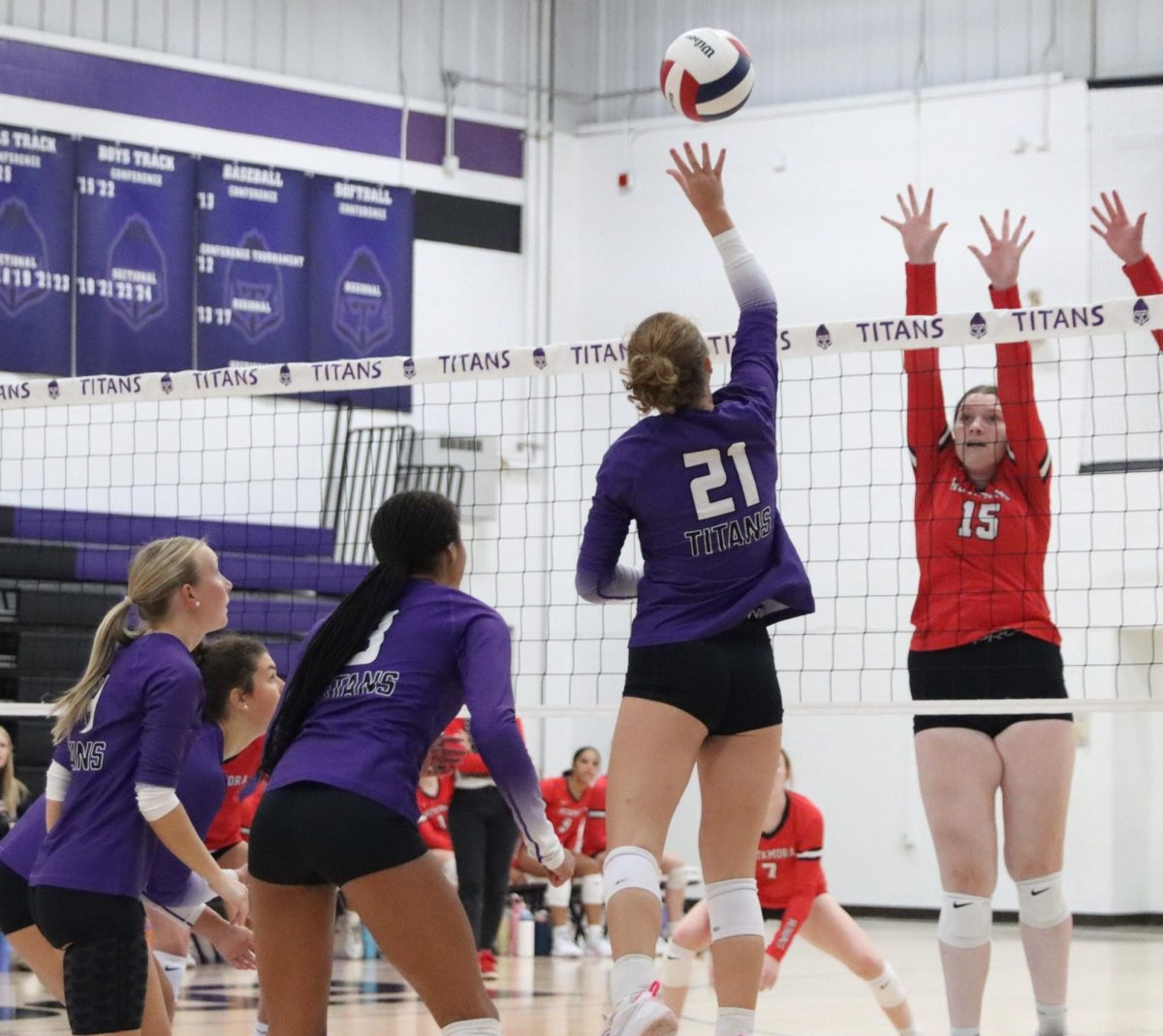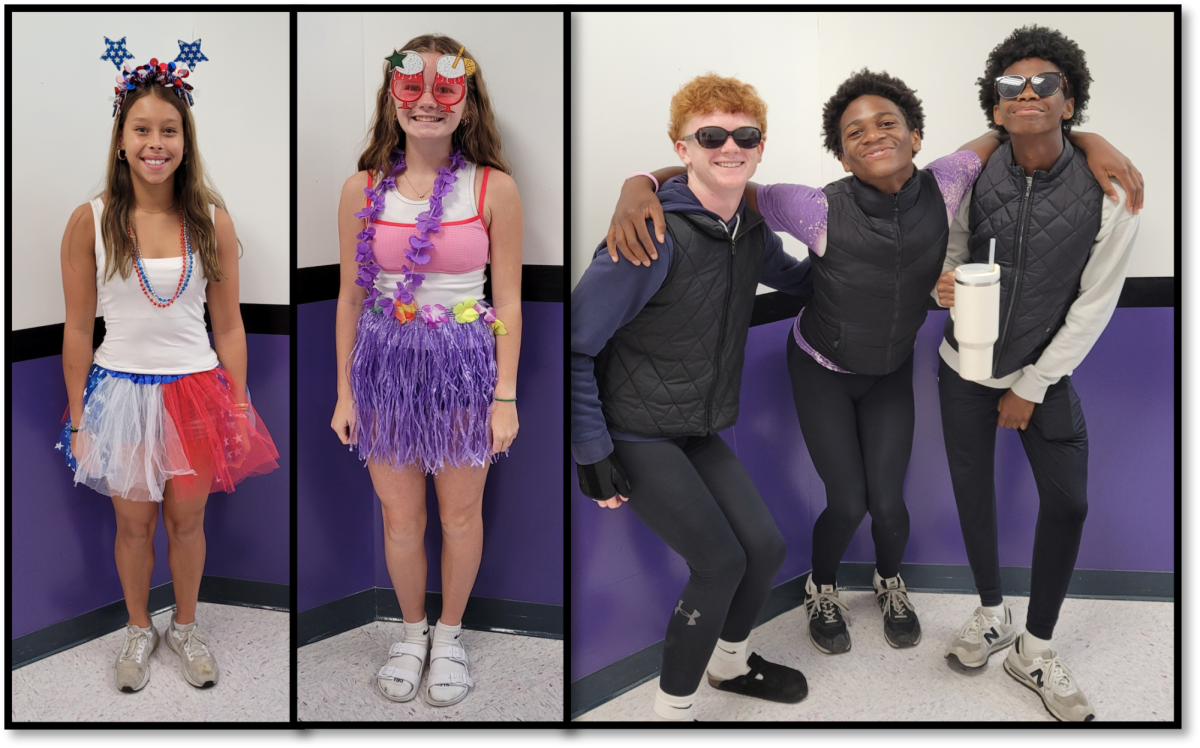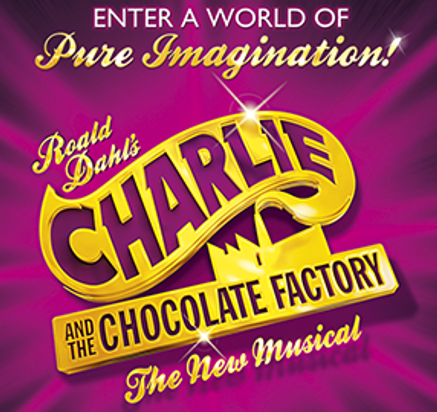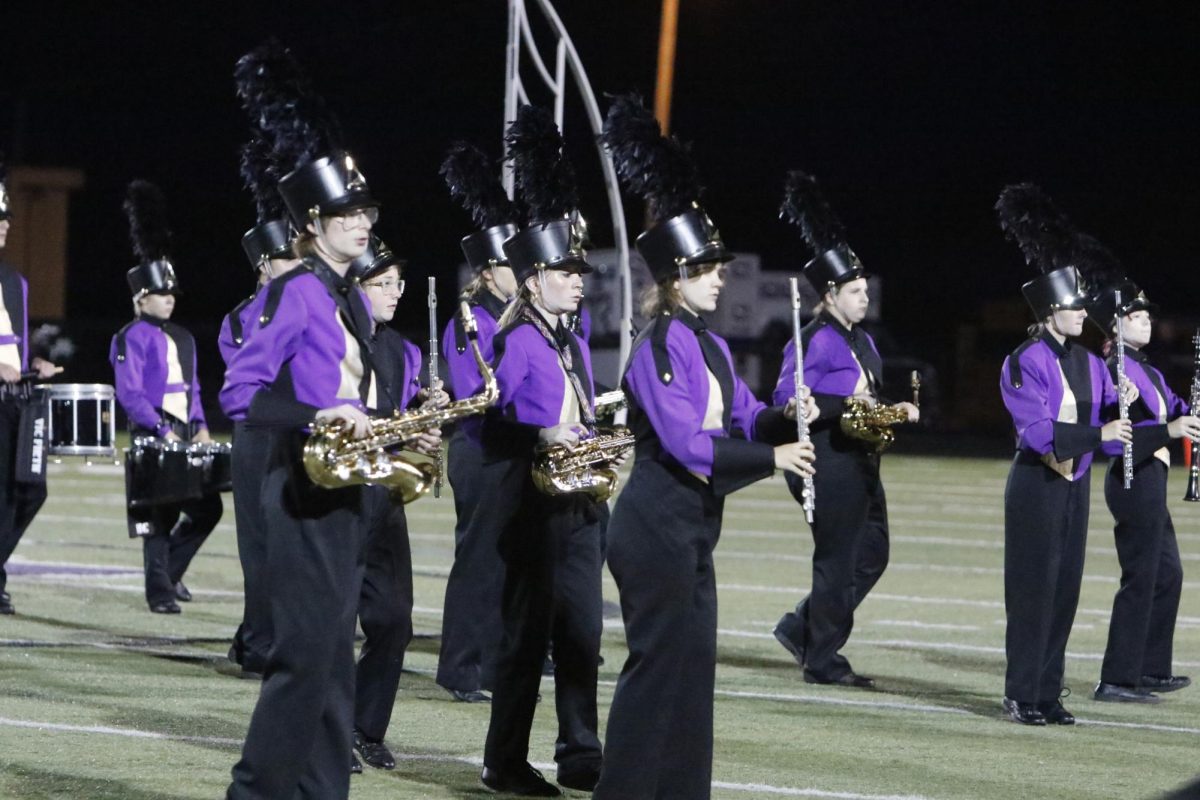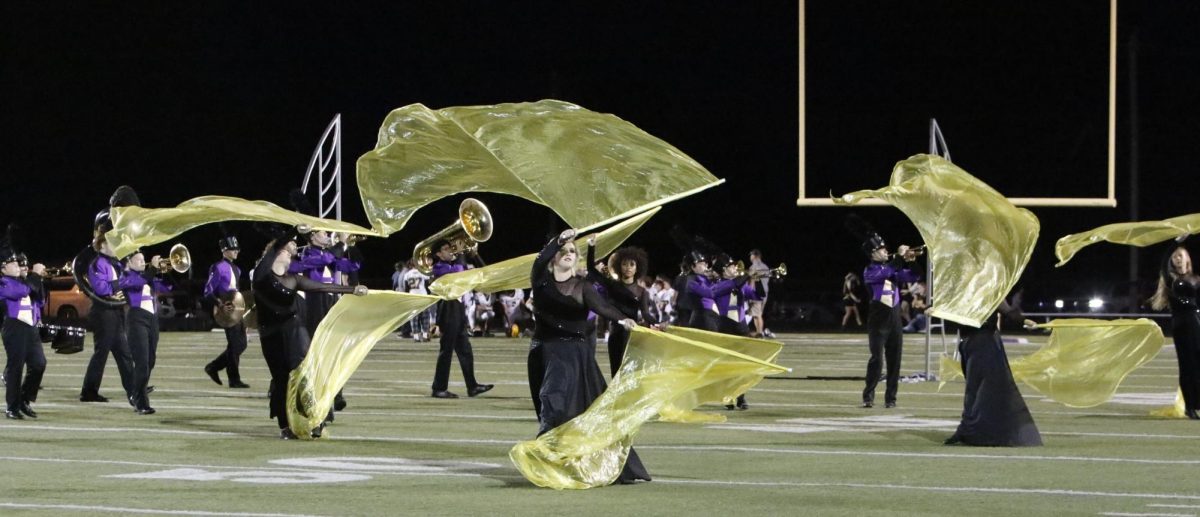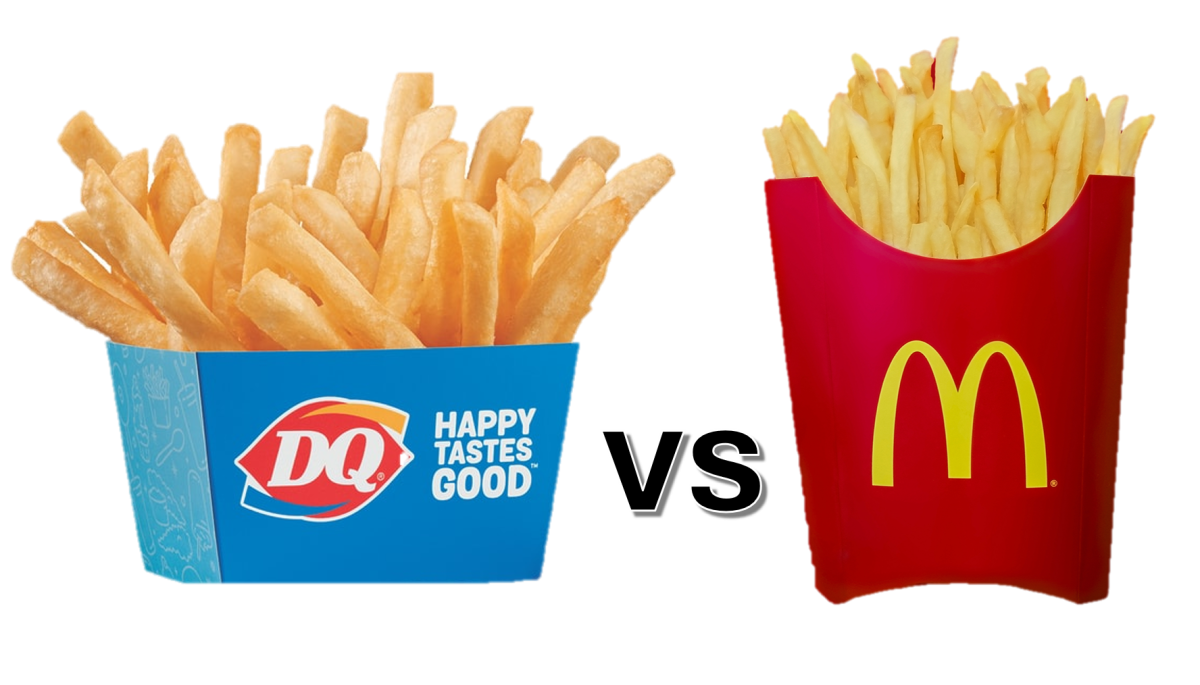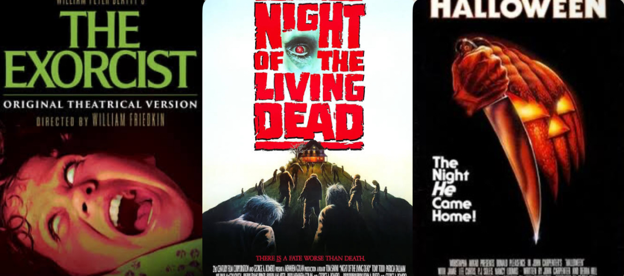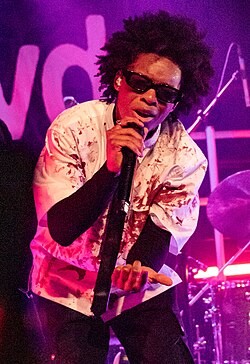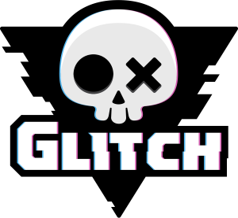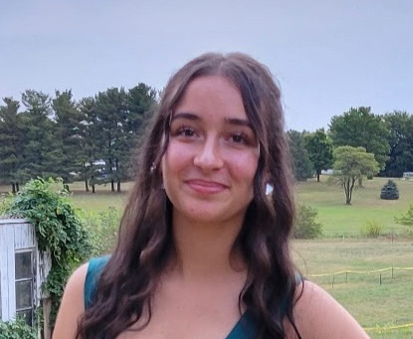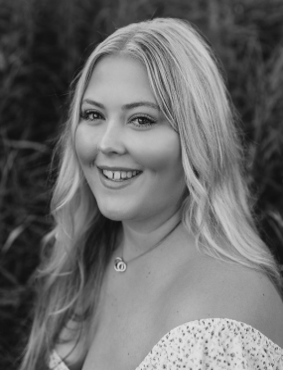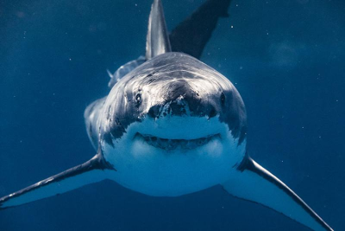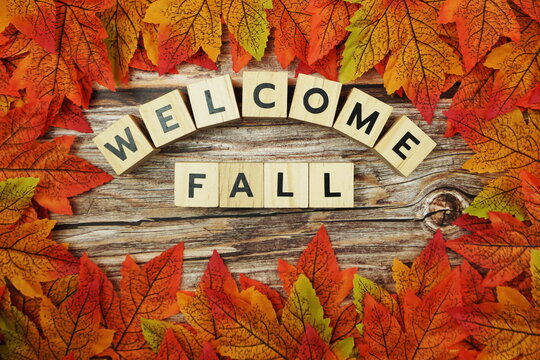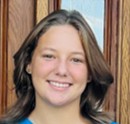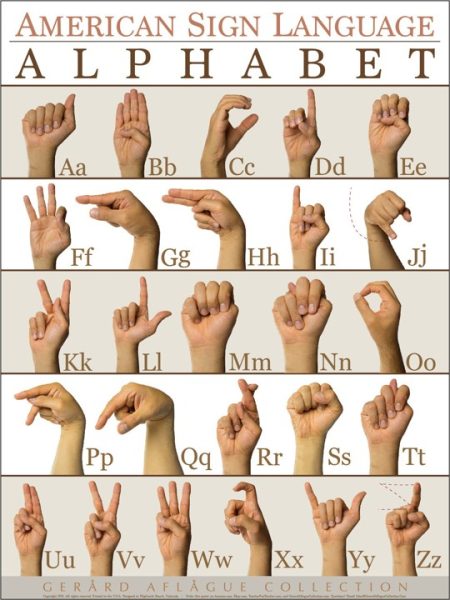 If someone were to come up to you and start speaking sign language, would you be able to understand them? According to The National Institute of Deafness and Other Communication Disorders, ”Approximately 11 million Americans reported… that they are deaf or have serious difficulty hearing, representing about 3.6% of the U.S. population.” Two to three out of every 1,000 kids born in the US have hearing loss.
If someone were to come up to you and start speaking sign language, would you be able to understand them? According to The National Institute of Deafness and Other Communication Disorders, ”Approximately 11 million Americans reported… that they are deaf or have serious difficulty hearing, representing about 3.6% of the U.S. population.” Two to three out of every 1,000 kids born in the US have hearing loss.
The first attempts at codification for sign language appeared around the 16th-17th centuries with the development of manual alphabets and formal schools. Before this, there were no guidelines; communication for the deaf occurred through gestures and mimicry. Schools like the American School for the Deaf, founded in 1817, became crucial for the development of American Sign Language (ASL), which blended French Sign Language, home signs, and new signs created by students. Fortunately, technology has progressed to be able to accommodate hearing loss.
Some EPGHS students, like Addie Cox and Lucella Gudino, struggle with hearing. Gudino says that she lost hearing in one ear after a surgery. When she was six years old, she was diagnosed with sensory neural hearing loss. Addie Cox was diagnosed with auditory processing disorder in sixth grade. Both use devices to help them hear better. Addie’s device involves a microphone that goes around the teacher’s neck. It allows her to focus on what the teacher is saying rather than side conversations around her. Meanwhile, Lucella has a hearing aid attached to her ear that helps amplify the sounds around her.
Casey Sepich (Mr. Sepich’s wife) is an audiologist, which means she tests people’s hearing. She states that her job is crucial because “It’s one of the things that helps improve quality of life for older people who have hearing loss, and also speech and language development in children with hearing loss.”
When asked about ASL, she said, “I wish more people knew how to do it. There’s a huge shortage of it. It’s the one solid way to help people who can’t hear get the services they need.” She herself knows basic phrases of ASL. In college, she took a Signed English course (different than ASL). So, she can get her point across to the patients who only communicate through ASL. She explained that kids born hard of hearing are more likely to learn ASL because they grow up with it, while adults who get diagnosed are less likely to because it’s difficult for them to learn later in life. As a sidenote, Sepich also warned that AirPods and earbuds damage hearing because of how loud the sound is and because it’s so close to the eardrum.
Dave Schmidt is a deaf interpreter. He holds a bachelor’s degree and is a certified audiologist. He has been working in his field since 1988, and says that there are multiple levels of communicating with deaf people. For example, websites and shows think that just having subtitles is enough to get through to the deaf community. In reality, it isn’t. There are often spelling errors that most deaf people don’t know how to filter out. Since they can’t hear what’s being said, they don’t know what is really going on. Another example he gives is how there aren’t any interpreters for the deaf during a crisis. Imagine there’s an earthquake, or any natural disaster, and you have no clue because you can’t hear any sirens or anyone talking over the TV. If you are considering a career path that pays well and allows you to be social, there happens to be a shortage of deaf interpreters. Schmidt said he has signed in a large variety of situations, from being in front of a large audience to helping a kid get her braces off.
Although sign language is mostly used to communicate with those who have hearing loss, that is not its only use. Sign language can be a helpful tool when in loud environments, like at a crowded shop or when things get chaotic during Black Friday. It is an easy communication method and can save you a lot of trouble, as, again, 3.6% of Americans are deaf. So consider learning ASL; it can be a huge help to those with and without hearing loss.
